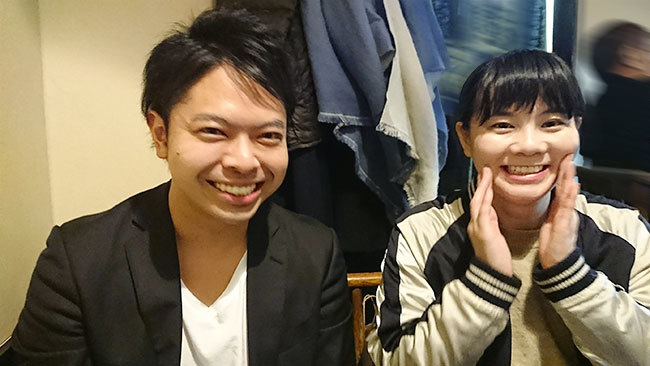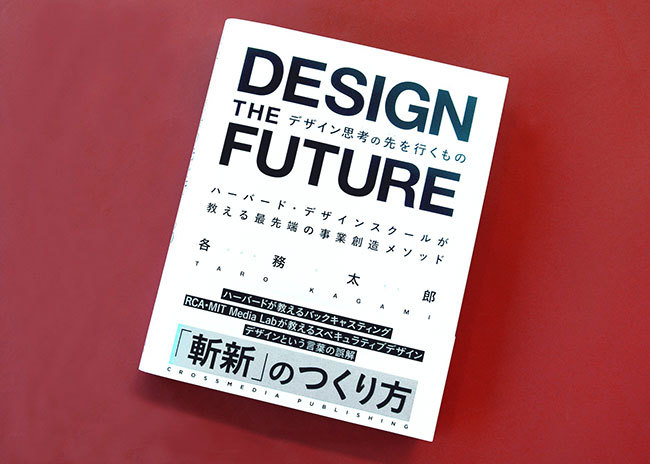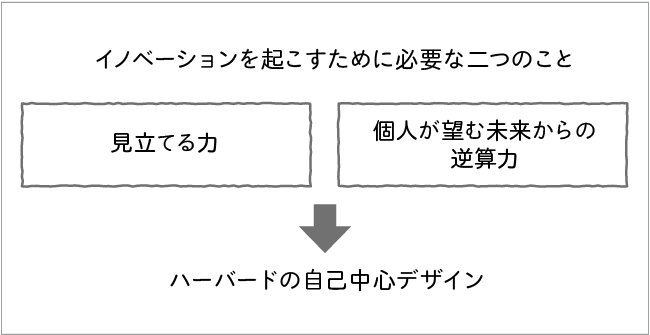The last Christmas of the Heisei era. Personally, the last New Year's of my 40s. During this year-end and New Year period, I found a book I'd like to recommend. It's "Beyond Design Thinking" (Cross Media Publishing) by my esteemed friend, Mr. Taro Kagami.
Kakami, who has appeared in this column several times, writes about his experiences after graduating from Dentsu Inc. and studying at Harvard University's Graduate School of Design. The theme is the 0→1 methodology for creating high-quality hypotheses from nothing. And the key to this is "self-centered design."
According to this book, the "ideas" that spark innovation are what people with specialized expertise "see" when exposed to knowledge from different fields. And for this "seeing" to happen, the "power of perception" is crucial. This refers to the ability to connect two things that seem completely unrelated to the average person by abstracting them.
For example, a novelist might "see" mathematical "permutations and combinations" as a new structure for poetry (those interested can look into this in 'The Hundred Trillion Poems'). For a young architect, the latest space research might "reveal" wisdom for living in Earth's extreme environments (this case is detailed in the book).
Another essential quality for driving innovation is the "ability to work backward from one's desired future." This is because ideas often emerge not from asking "What will happen?" but from working backward from the desire "What do I want to happen?"
For instance, Harvard holds the philosophy that "architects should design not buildings, but visions for the future." The ability to consider what is needed to achieve that desirable future is demanded.
"The ability to envision" and "the ability to work backward from the future." Because these two highly personal abilities are required, Mr. Kagami refers to what is taught at Harvard as "self-centered design."
After reading, my first thought was how vastly different the design school and business school are, even within the same Harvard campus. I was struck by the depth of this coexistence—a culture that thoroughly pursues the tradition of "making management scientific" and emphasizes objectivity, alongside a distinct design ethos.
Simultaneously, I became convinced that the essence remains unchanged across the world and throughout time. Following Professor Ikujiro Nonaka, whom I often cite in this column, "the ability to envision" is deeply related to "concept," and "the ability to work backward from the future" is closely tied to "vision." This essence is shared not only in Nonaka's theory, but also in advertising classics like J.W. Young's "How to Think Up Ideas," in "design thinking" (though Mr. Kagami treats it somewhat critically), and in the "Speculative Design" program at London's Royal College of Art, also featured in this book.
How can we harness "subjectivity" in the face of the "objectivity" that has reigned supreme since Descartes? How can we pass on that personal "feeling" where ideas are born? Everyone seemed like comrades sharing that same purpose.
Put another way, I keenly felt the difficulty of our modern era, which endlessly "consumes" new approaches one after another without ever touching upon that essence.
In fact, the "boom" around "design thinking" is already showing signs of fading. It's likely becoming tiresome because people are reducing it to a convenient "framework" without delving into its essence, or simply repackaging it as "something designers came up with." Unless we seriously confront the methodology of creating ideas, I don't think we'll ever move forward.
I felt the title of this book, 'Beyond Design Thinking,' surely embodies Mr. Kagami's sentiment: "I don't mean to dismiss design thinking. But shouldn't we talk more about the 'perspective-taking' ability needed to generate that initial '0→1' step?" Well, what do you think?
We gathered with old friends to discuss precisely this. It's our "Meta-Meta Gathering" – drinking while discussing things from a step-up, meta-level perspective (which is precisely the power of insight!). I think I asked that very question then too... Hmm. My memory...

Mr. Kakami and copywriter Takada Mugi
Please, help yourself!










